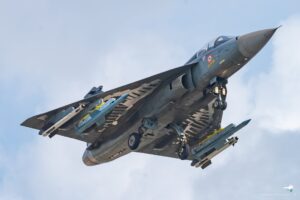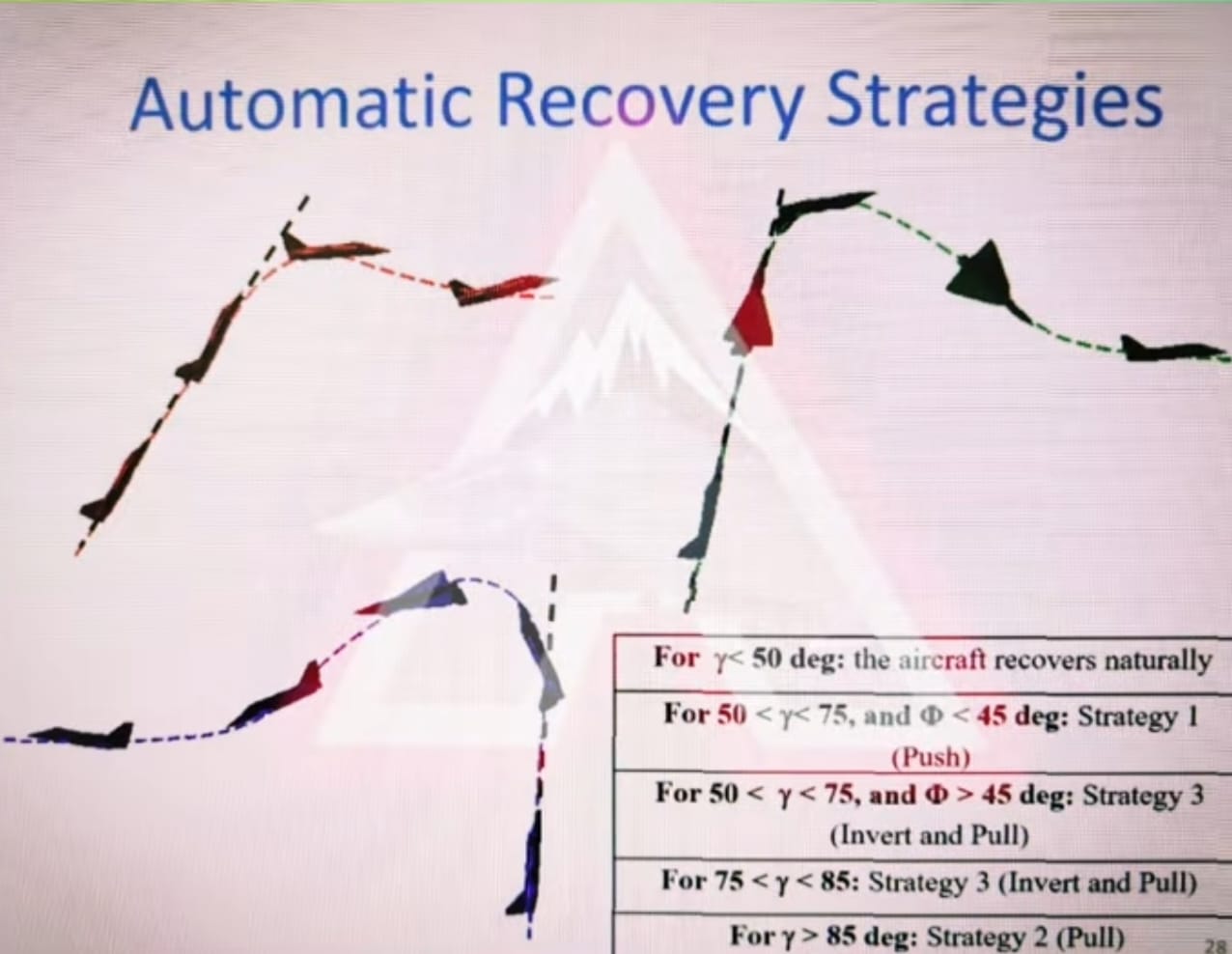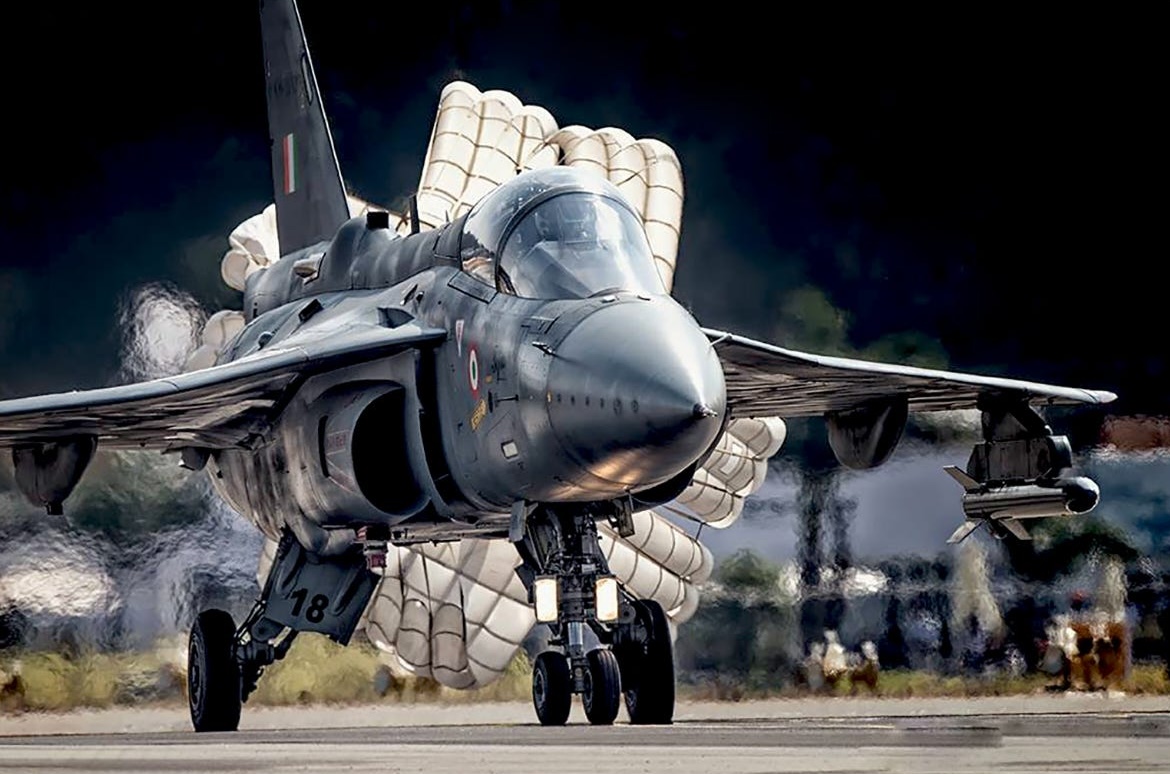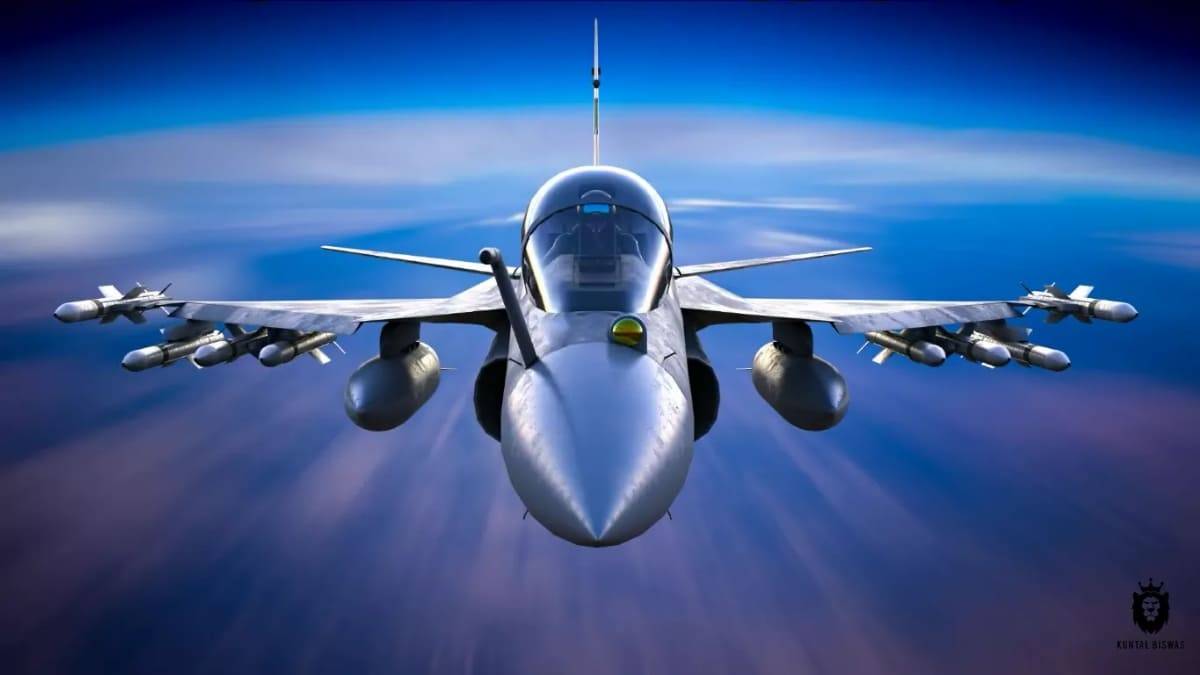In a shocking turn of events, the Indian Air Force’s Light Combat Aircraft (LCA) Tejas met with its first accident on March 12, 2024123. The incident occurred during an operational training sortie near Jaisalmer, Rajasthan23. This marks the first crash of the indigenous aircraft since its first flight 23 years ago43.
The Incident

The incident involving the Indian Air Force’s Light Combat Aircraft (LCA) Tejas occurred on Tuesday, March 12, 2024123. The aircraft was on an operational training sortie near Jaisalmer, Rajasthan, when it encountered difficulties123. The Tejas LCA was part of the 18th Squadron of the Indian Air Force and had participated in the tri-services exercise Bharat Shakti in Pokharan before crashing in Jaisalmer city2.
Last moments of LCA Tejas crash today in Jaisalmer of Rajasthan when pilots ejected safely captured by a local resident on video. pic.twitter.com/dR9E2cwZjq
— Aditya Raj Kaul (@AdityaRajKaul) March 12, 2024
First crash in 23 years for #Tejas since it's maiden flight. I am a bit saddened to hear this. Will be on high alert to shoot down & take on any anti-LCA campaign (if it comes up) with the silent support from forces who have been longing for this moment. Let's wait for the CoI… https://t.co/jprcGXKqIC pic.twitter.com/kqZdZtKcXH
— Anantha Krishnan M🇮🇳 (@writetake) March 12, 2024
Initial reports suggest that engine failure caused the accident2. The pilot managed to communicate to the ground station about the engine issue before ejecting safely2.

This is the first crash of the indigenously made jet since it first flew 23 years ago123.
The Indian Air Force and other agencies concerned are going to investigate the matter in detail as it is the first time in 23 years that the indigenous fighter has crashed2. A Court of Inquiry has been ordered to ascertain the cause of the accident23.
The Aircraft

The Light Combat Aircraft (LCA) Tejas is an Indian single-engine, fourth-generation, multirole light fighter. It was designed by the Aeronautical Development Agency (ADA) in collaboration with the Aircraft Research and Design Centre (ARDC) of Hindustan Aeronautics Limited (HAL) for the Indian Air Force and Indian Navy.
Tejas, being a Delta Wing fighter, is constructed of aluminium-lithium alloys, carbon-fibre composites, and titanium alloys. Composite materials make up 45% of the airframe by weight and 95% by surface area. The aircraft can attain a maximum speed of 1.9 Mach (2346 km/h) and has a payload capacity of 13,500 kgs.
The Tejas features a night vision goggles (NVG)-compatible “glass cockpit,” domestically-developed head-up display (HUD) by Central Scientific Instruments Organization (CSIO), three 5 in x 5 in multi-function displays, two Smart Standby Display Units (SSDU), and a “get-you-home” panel with fail-operational/fail-safe air data computer (ADC) manufactured by Bharat Electronics Limited (BEL). This system utilizes computational intelligence-based autoland technology to provide the pilot with essential flight information in case of an emergency. It is also connected with the Indian Air Force (IAF) ground station network to take over emergency controls of the unstable aircraft.
The Tejas is recognized as the lightest multi-role supersonic aircraft in its class. It attained initial operational clearance in 2011 and final operational clearance in 2019. The inaugural Tejas squadron became operational in 2016. Presently, there are three production models of the Tejas – the Mark 1, Mark 1A, and a trainer version.
The Aftermath
A Court of Inquiry has been ordered to ascertain the cause of the accident53. The Indian Air Force and other agencies concerned are going to investigate the matter in detail as it is the first time in 23 years that the indigenous fighter has crashed5.
The Reaction
The crash has sent shockwaves through the defense community, given the Tejas LCA’s previously untouched safety record1. However, it is important to note that accidents are a part of the risk that comes with operating high-performance military aircraft. The key is to learn from these incidents to prevent them from happening in the future.
As we await further details from the investigation, our thoughts are with the pilot and the Indian Air Force at this challenging time. Despite this setback, the LCA Tejas remains a symbol of India’s indigenous technological capabilities in the field of aviation.
The causes
Understanding the Tejas Aircraft’s Auto Recovery System
The Tejas Light Combat Aircraft (LCA), developed by India, is equipped with a sophisticated auto recovery system designed to stabilize the aircraft during uncontrollable flight situations. This system includes the Auto Low-Speed Recovery (ALSR) mode, which monitors the pilot’s maneuvers and intervenes if it detects a potential low-speed departure, automatically taking control to restore stability. Additionally, the Disorientation Recovery Function (DRF) allows pilots to engage the system manually in case of disorientation, ensuring the aircraft returns to level flight optimally1.

Analyzing the Recent Crash
On March 12, 2024, a Tejas aircraft crashed during an operational training sortie. The pilot ejected safely, and a Court of Inquiry has been ordered to ascertain the cause of the accident234. While the auto recovery system is designed to prevent loss of control, it does not address all potential issues that can lead to a crash.
Potential Causes of Engine Failure

Engine failure is a complex event with numerous potential causes. Common reasons include fuel exhaustion or starvation, mechanical failures, foreign object debris damage, and engine fires56. In the case of the Tejas, if the auto recovery system was operational, it suggests that the crash may not have been due to a loss of control but possibly an engine-related issue. However, without official reports from the ongoing investigation, this remains speculative.

Thanks for sharing. I read many of your blog posts, cool, your blog is very good.